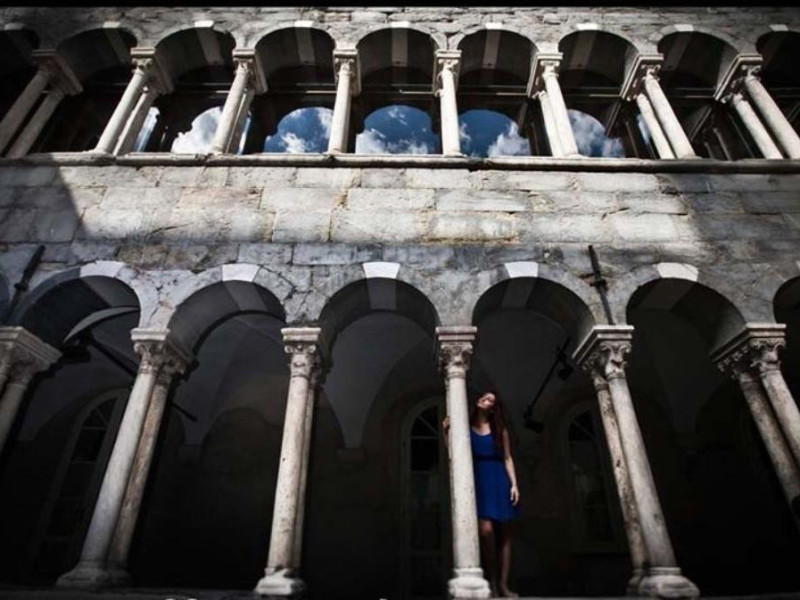Museo diocesano - Arcidiocesi di Genova
Diocesan Museum offers an opportunity for an in-depth knowledge of the city, through the rediscovery of works that document the history of the Church in Genoa. Artifacts and figurative evidences are, in fact, closely tied to the worship and spirituality expressed by local communities: the production of high, sometimes very high quality that accompanies the history of the Diocese is presented in chronological order, in the museum. Archaeological finds from the Roman and stone materials collected in the striking underground environments, illustrating the ancient history of the site.
The bright "gold fund" of Barnaba from Modena and a fragment of the fresco made in 1468 by the Lombard Christopher De' Mottis for the De Marini's Chapel, in the Cathedral, exemplify the painting in Liguria in the fourteenth and fifteenth centuries; the sculpture is represented by exceptional funerary monument of Cardinal Luca Fieschi, the work of a shop from Pisa active in the mid-fourteenth century. The beautiful Altarpiece of San Lazzaro, by Pietro Francesco Sacchi, the reredos with the story of John the Baptist painted by Teramo Piaggio and Andrea Semino, the Pietà with Saint John the Baptist and St. Nicholas of Tolentino, by Augustine Bombelli, document, along with other works, the evolution of figurative art in Genoa in the first half of the sixteenth century. Of extraordinary charm, a frontal embroidered with the Lamentation over the Dead Christ, made by an unknown Flemish weaver around 1515. A little further, we find a remarkable silver embossed Repository, partially gilt and chiseled, offered in 1615 to the Church of San Siro from Placida Doria, grandson of the great Admiral, whose portrait stands on the wing basement next to that of the donor. On the first floor, in two rooms whose walls are kept track of interesting medieval frescoes, are notable for a precious Byzantine Stauroteca Cross and number of basins of German manufacture in embossed brass, chased and punched (secc. XV and XVI). A section dedicated to the exhibition of furnishings, vestments and ornaments, presented in a theatrical setting that evokes the atmosphere of a baroque altar and choreography of a procession. Our Lady of Loreto by Domenico Fiasella and the impressive paintings by Gregorio De Ferrari, "Death of St. Scholastica" and "Tobiah buries the dead men" are finally magnificent examples of great artistic season of Genoa. A rich collection of works of art that attests to the deep Christian tradition and splendor of a Republic that, in 1637, had wanted to crown the Virgin Mary "Queen City", as depicted in the charming little over eighteenth-century frescoes of the upper ring of the cloister.


